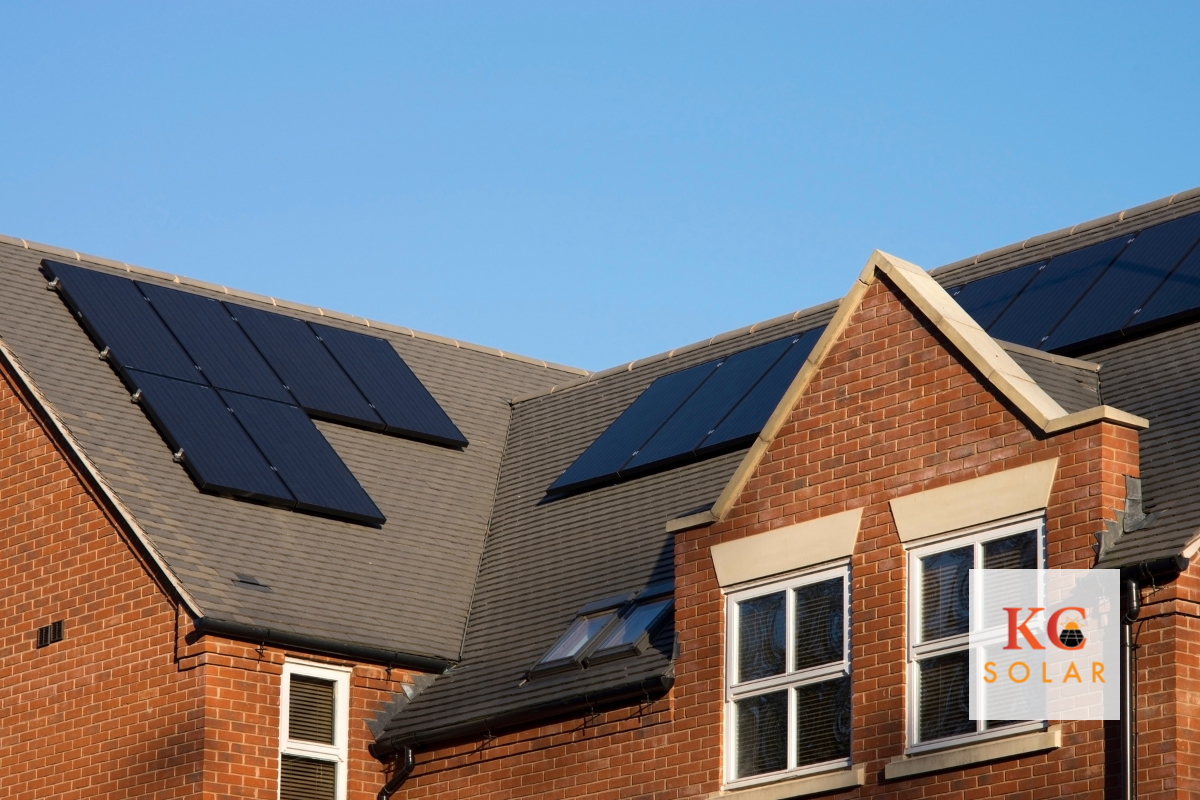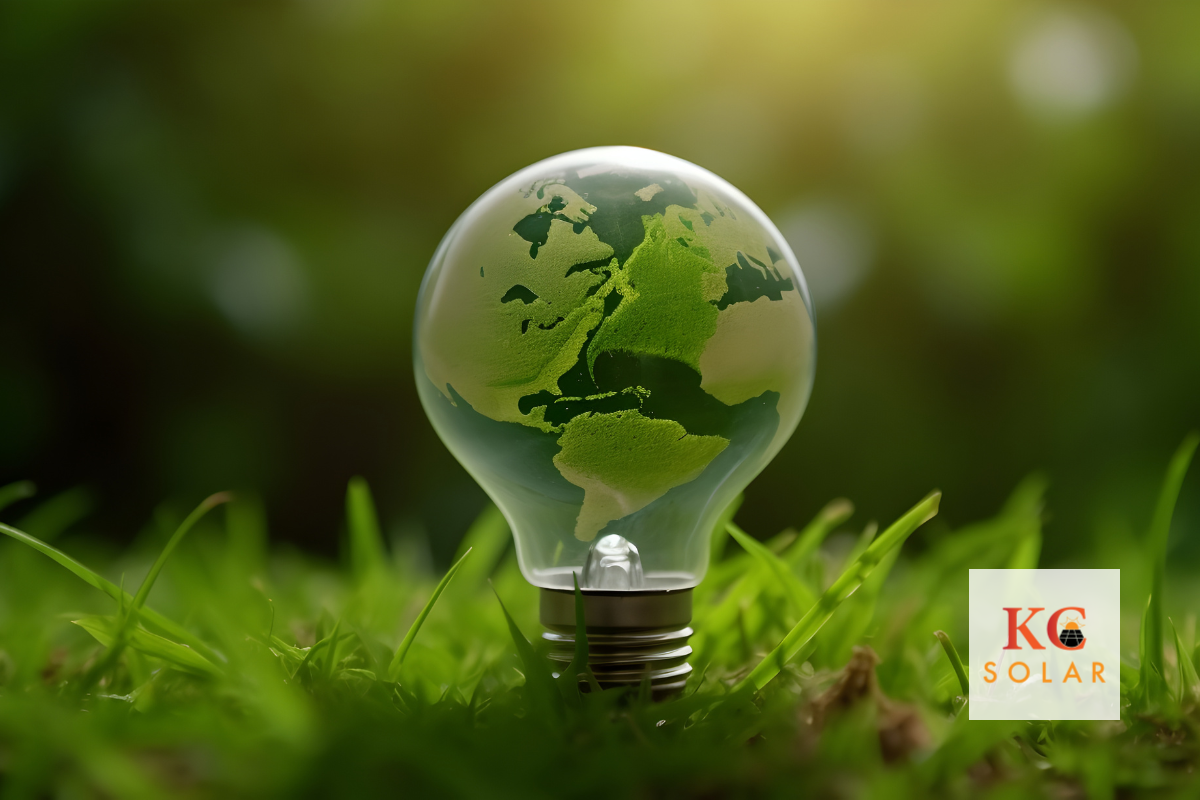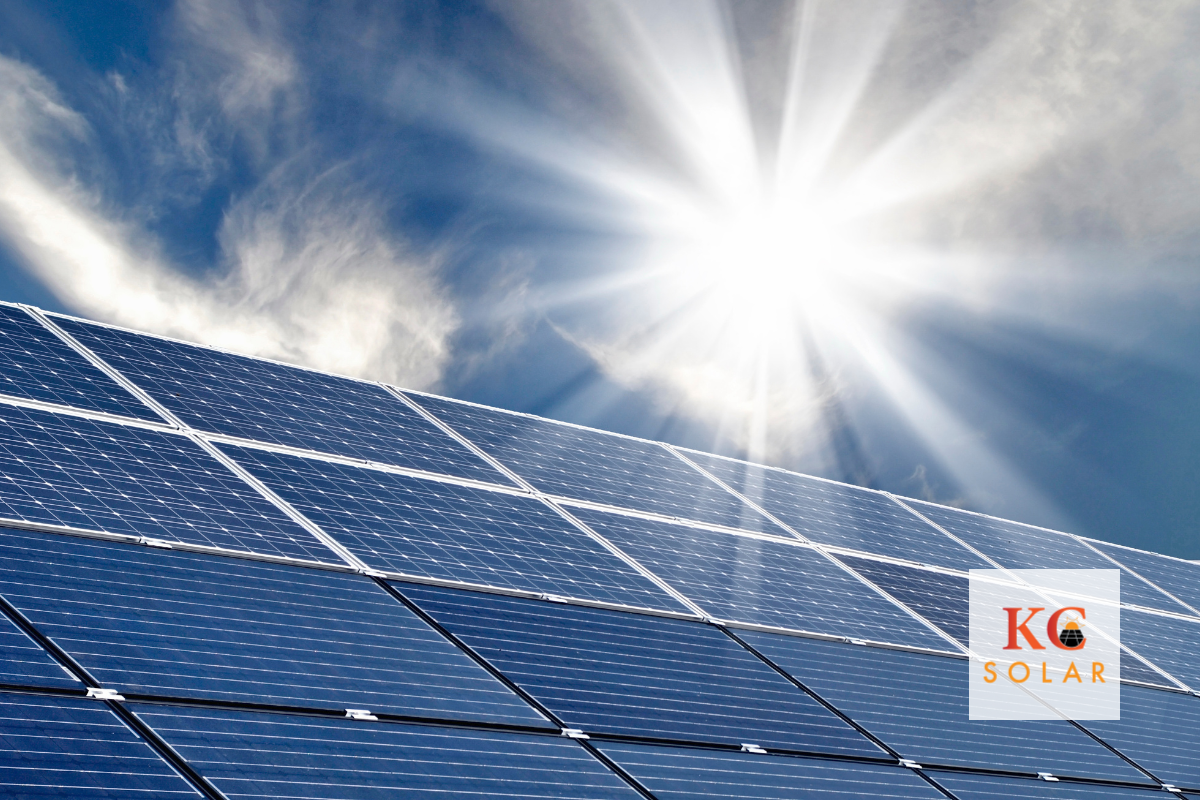Solar infrastructure and farming can combine in a powerful way that yields increased crop production and electricity simultaneously.
What is Solar Farming?
Also called agrivoltaics, solar farming involves the practice of growing plants under the shade of solar panels.
Before this method was discovered, integrating solar panel use on farms was seen as impractical, due to the need to use all viable land for growing crops. Taking up valuable real estate to dedicate to solar panel integration was only used by the few who cared enough about energy independence. And even then, the integration method was this: just pack them densely in one area to provide the most space for growing crops, while still trying to make the most of the sunny days.
By lofting the solar panels above the plants, the panels are able to soak in the direct sunlight and the plants receive the filtered light through the panels.
The 2019 Ecological Society of America study on the matter found that the density of the panels — meaning there’s no need for fewer panels — are not changed, but simply elevated over the plants to provide a “nearly full shade.” With this, the plants can still grow and adapt to the slightly reduced sunlight.
Financial Stability Powered by Solar Farming
The financial benefits to integrating solar panels onto farms is fairly straightforward. Many homeowners use their systems as a second source of income through net metering. Net metering is a process by which extra energy produced — but not used — by the home is bought by energy companies and can be used as a credit in most states.
Read more about how net metering works and why it matters here.
Energy independence, even if not total, can have massive benefits to homes and farms. But let’s talk about the specifics that are special to solar farming.
In most cases, there is a risk of solar panels becoming too overheated during the midday, which can cause some underperforming when they are too hot. In agrivoltaics, the panels sit just above the plants and the moisture that accompanies them.
With the evaporation of irrigated water helping the plants below to grow, this evaporation creates a “localized cooling” in the area which helps the panels to not overheat too quickly. This reduces the heat stress on the panels and boosts their performance.
Alongside all of these benefits, farmers and researchers found that there was potential to positively impact climate change in more ways than in the renewable energy benefits.
Learn more about the specifics of solar farming benefits from The Department of Energy.
Solar Farming Combating the Changing Climate
Everyday farmers are having to think of innovative and effective ways to adapt to the rapidly changing climate and its detrimental effect on their crops. The symbiotic nature of the solar farming system helps with this. The reduced light caused by the panels held above the plants is the primary cause of a lot of interesting results that can benefit the farms at large.
Firstly, a University of Arizona study found that the environment underneath the panels reduces stress on the plants because of the lack of harsher light and high rates of evaporation.
“In an agrivoltaic system,” Barron-Gafford, the associate professor who took part in the research told Science Daily, “the environment under the panels is much cooler in the summer and stays warmer in the winters. This not only lessens rates of evaporation of irrigation waters in the summer, but it also means that plants don’t get as stressed out.”
The lessened evaporation rates can contribute to water savings and reducing waste in general. That’s money saved and less strain on the global environment.
Additional Plant Benefits from Reduced Light
The plants begin to survive off of diffused and slightly reduced light due to the shade. And researchers found that plants in low-light environments typically grow larger leaves to try to soak up more of the sunlight.
Farmers harvesting and selling leaves of plants like basil, kale and others like those can charge higher prices for leafier greens. Leafy greens in general seem to be able to thrive in the environment and some farmers are pivoting to grow in those directions to earn more for their labor.
Alongside the greater number of leaves, it’s believed that the plants are producing extra levels of protein to compensate for the reduced light as they photosynthesize.
Protein-richer plants are able to be sold at a higher price and can offset any financial setbacks throughout the process.
KC Solar Wants to Help!
If you are looking for the best solar company in Kansas City, look no further than KC Solar. They are your local Kansas City solar panel installation experts. Once you schedule a no-pressure site visit, our experts will help you understand what solar system specifications would be best for your home or business.
KC Solar is the only local solar company in Kansas City with KC natives who own and operate the daily activities of the business. What does that mean for you? We care about you because we care about this city, and we only want the best for it.
And be sure to download our Free Solar Panel Buying Guide for more information.
We look forward to serving you!






